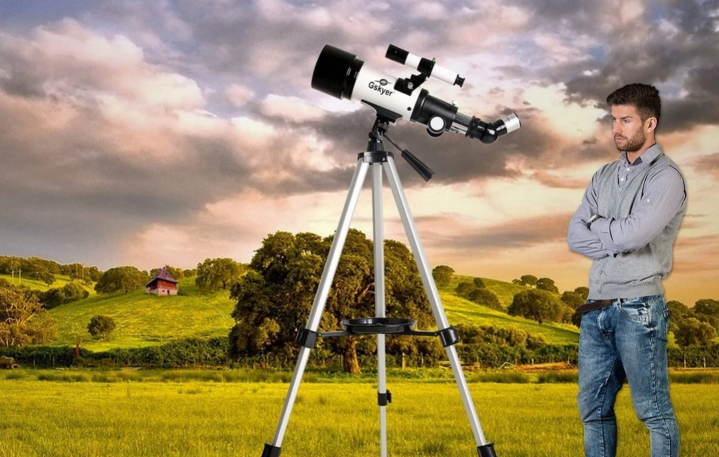
Stargazers who are just starting out with the hobby can avoid getting overwhelmed by complicated setups and exorbitant costs if they look for affordable telescope deals like this one — the Gskyer Telescope AZ70400 for only $86, following a $44 discount from Amazon on its original price of $130. There’s no telling how long this offer for this starter telescope will be online though, so you’ll have to complete the transaction with a sense of urgency if you want to enjoy the savings.
Why you should buy the Gskyer Telescope AZ70400
Rookie stargazers will love having the Gskyer Telescope AZ70400 in their backyard. The assembly process is relatively simple and takes just 15 to 30 minutes, with a step-by-step guide that’s friendly for beginners. Once it’s all set up, the telescope’s focal length of 400mm and aperture of 70mm results in precise and high-resolution images when you’re looking at celestial objects such as stars and the Moon. The Gskyer Telescope AZ70400 comes with a 10mm eyepieces and a 25mm eyepiece, plus a 3X Barlow lens that triples magnifying power to up to 120x, for a wide range of options depending on the distance of the object that you want to observe. The high-transmission coatings on the glass lens, meanwhile, reduce reflections and increase the amount of light entering the eyepiece for brighter images.
You’ll be able to quickly locate objects on the Gskyer Telescope AZ70400’s 5×24 finder scope with a mounting bracket and cross-hair lines, while the telescope’s wireless remote and smartphone adapter will allow you to easily explore the night sky and capture stunning photos, especially when you also use the best astronomy apps. The telescope also comes with an adjustable aluminum alloy tripod that will let you place it in the perfect viewing position, and a carry bag for transportation.
The Gskyer Telescope AZ70400, with all of its features and accessories, already provides amazing value for your money with its original price of $130, so it’s a steal for its discounted price of just $86 from Amazon. However, if you want to take advantage of the $44 worth of savings, you’ll need to hurry with your purchase. That’s because we’re not sure what will happen first — the end of the price cut for the Gskyer Telescope AZ70400, or stocks selling out.
Editors' Recommendations
- The 5 best telescopes for viewing planets in 2024
- The 5 best telescopes for beginners in 2024
- This smart Celestron telescope is 32% off for Prime Day in October


